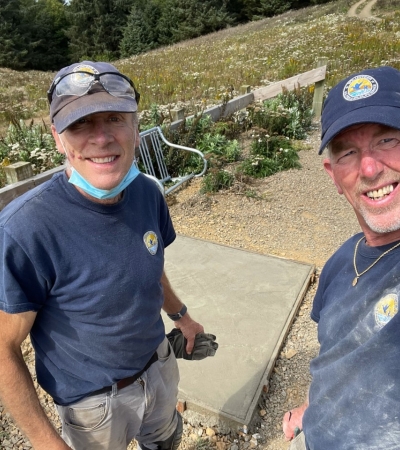Facility
Location
PO Box 370
Key Largo, FL 33037
United States
Volunteer Position Overview
About This Position
Crocodile Lake NWR RV volunteers conduct maintenance work involving the upkeep of buildings and grounds; habitat management projects including tree planting, debris clean-ups and invasive plant removal; biological work on federally threatened or endangered wildlife species, removal of invasive wildlife including pythons, feral cats and iguanas; environmental education within schools and for community events. RV volunteers also lead and manage other volunteers and operate and staff the Refuge’s visitor contact station.
There are 4 RV sites. These are 2-4 month term positions, based on availability. Please send volunteer work history/resume and scheduling preference to Jeremy_Dixon@fws.gov to be considered for these positions.
Duties/Activities
Stories About Volunteering
Other Ways to Work with Us
Are you looking for something different than a volunteer opportunity? The Fish and Wildlife Service employs around 9,000 people nationwide and offers great internship opportunities every year.






